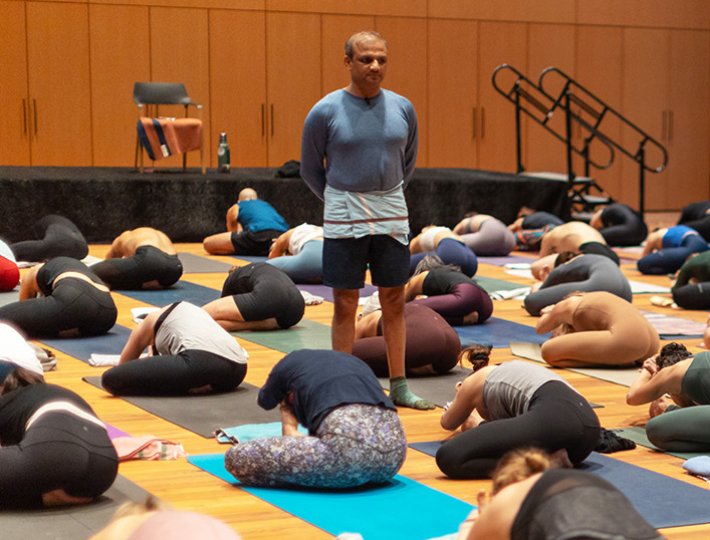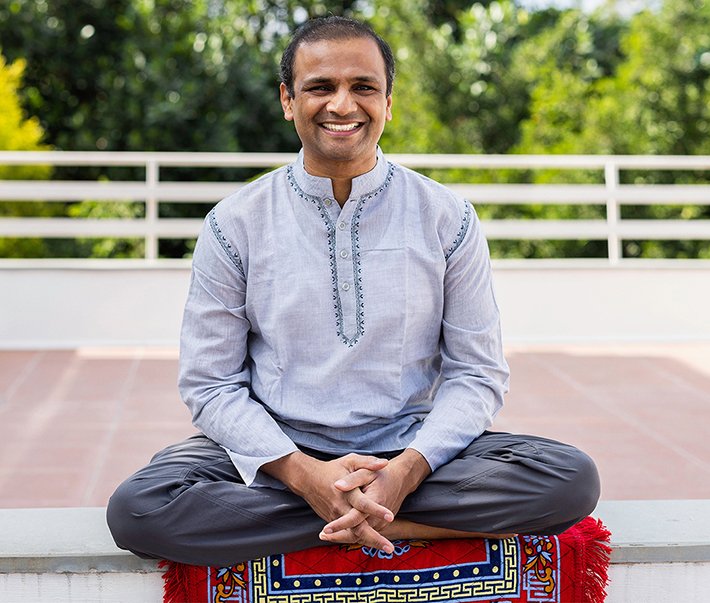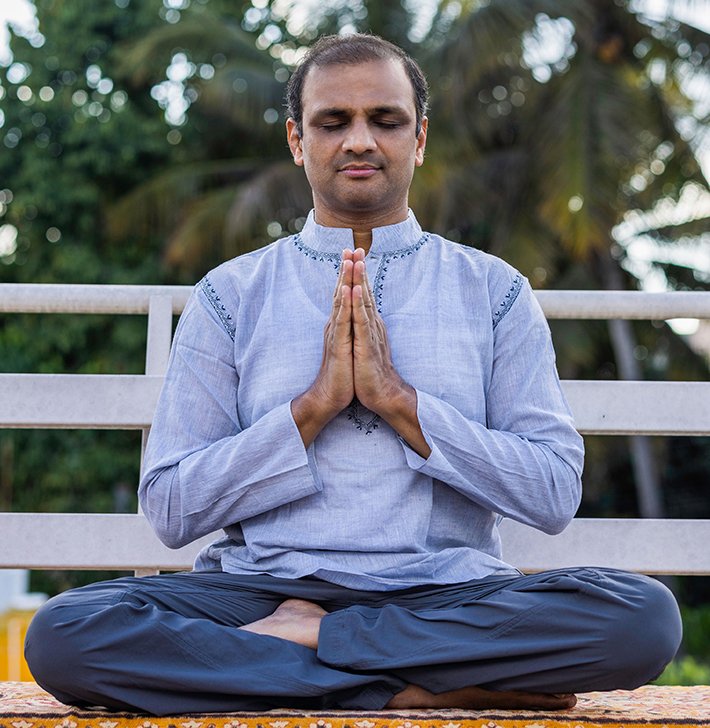You’ve probably been in yoga class with a person who can bend like Gumby and thought: Why can’t I do that? So you begin testing your range of movement on the mat, pushing your body to go a little further, a little deeper. While the energy in the room can encourage you to pull off the fullest possible expression of every pose, you might want to back off a bit. If you don’t, you could end up breaking down some important tissues in your body. Stretching past your limits can harm your joints and render vital ligaments functionally useless. The condition that results is called ligament laxity, or hypermobility.
“When you’re hypermobile, you can’t control your joints the way that you need to,” says certified strength and conditioning specialist Mike Robertson, co-owner of Indianapolis Fitness and Sports Training. “Your wiring just isn’t the same as other people’s, your joints are less stable, and that can cause you to have injuries.”
The Journal of the American Osteopathic Association reports that general joint laxity naturally occurs in about 4 to 13 percent of people. The condition can be caused by one’s collagen structure, bone shape, muscle tone, or a function of one’s nervous system that relays information about the body’s movement in space called proprioception. Women and children are more likely to have hypermobile joints, as are people of African, Asian, or Middle Eastern descent. For people who are born with a wider range of motion than normal, the extra flexibility is just a way of life.
“Most people who are hypermobile don’t know that they’re hypermobile,” says Nikki Villella, co-director of Kula Yoga in New York City. “If you ask them if they’re aware that they’re hyperextending, they’ll usually say, ‘No, what are you talking about?’”
The wider range of motion comes at a price. “If you have excessive function or laxity at a joint, it can express motion that you don’t have naturally,” Robertson says. “You won’t have the same perception of where your joints are in space, which can cause issues. For instance, if a female athlete is hypermobile and has to make a jump, the knee joint itself isn’t relaying any warning that she’s getting into a problem area, and before you know it she has an ACL tear.”
That’s a risk we can wind up sharing if we manage to achieve hypermobility through, well, bad stretching, which Robertson says happens more often than you’d think. “What I see the most often when we start talking about joint laxity or hypermobility is people who stretch themselves into it,” he says. “They’ve basically blown out the front side of their hip capsules because they’ve stretched their hip flexors for so long. These people have stretched to the point where their ligaments are not doing the job that they should be.”
Related: A Yoga Sequence for Inflexible People
The best thing you can do to avoid hypermobility is to not stretch yourself into it in the first place. “The whole point [of yoga], in my opinion, is balance,” Vilella says. “So rather than hanging out in their joints, I would want someone to learn to stabilize those joints and do a lot of what I call ‘hugging in,’ or engaging the muscles. How well they can do that is going to depend on what kind of class they’re going to do and what kind of moves they’re doing.”
Vilella says that Iyengar practice can be especially helpful, since it typically moves more slowly and asks practitioners to spend more time in poses, but adds that a student can bring the “hugging in” mindset to any practice, even a more flowy one. Robertson agrees that learning to engage the muscles, rather than just stretching them, is key. In fact, if you’ve stretched yourself into hypermobility, it’s especially important.
“If you overstretch a ligament, the bad news is that you’re not going to get that back,” Robertson says. “But you can turn on the muscles surrounding the joint that do things similar to the ligament.” Robertson also recommends having your range of motion analyzed regularly. One to two times a year is ideal.
“If you’re serious about training and taking care of your body, I always say you should find somebody who’s qualified to assess you,” Robertson says. A physical therapist or someone who holds a certification from Functional Movements Systems or the Postural Restoration Institute is a great point of contact.
Lastly, remember that being bendy isn’t always better. There are other aspects of your practice you can work on in class besides flexibility. “You don’t have to go to the end range of your motion [in every stretch],” Robertson says. “Stay somewhere that’s comfortable, then work on your breathing patterns instead.”












Comments (0)